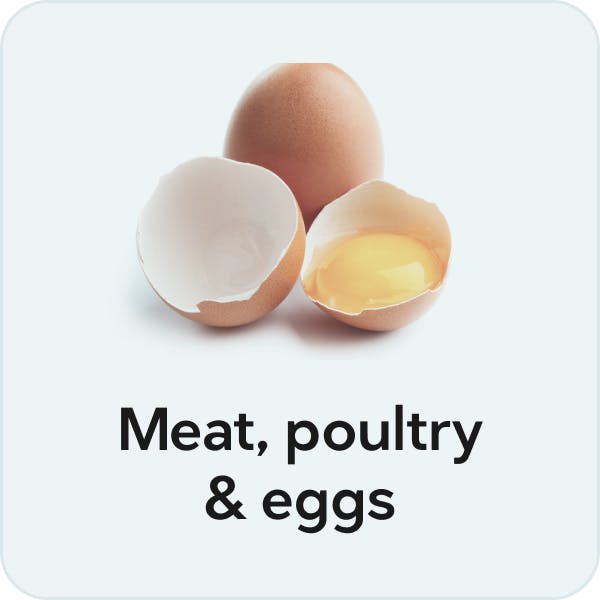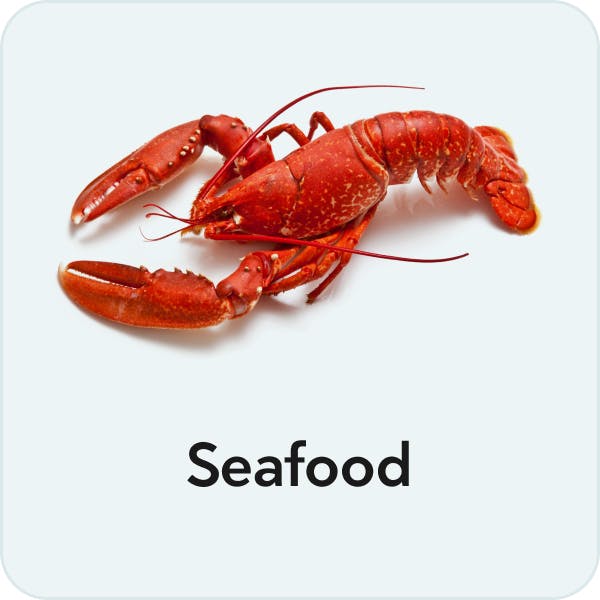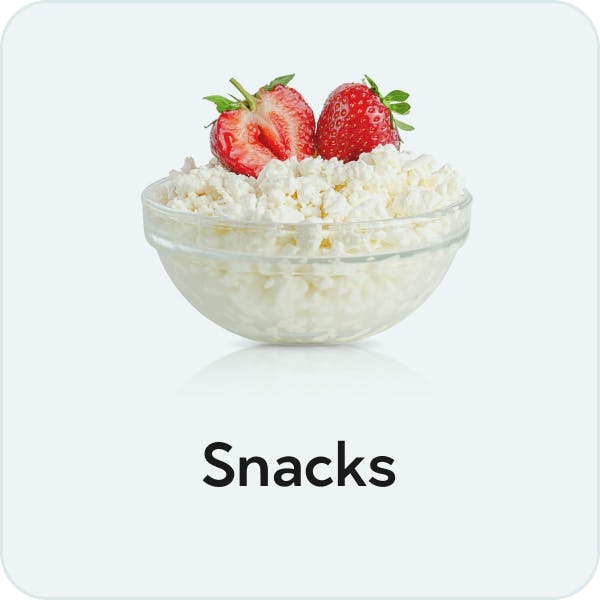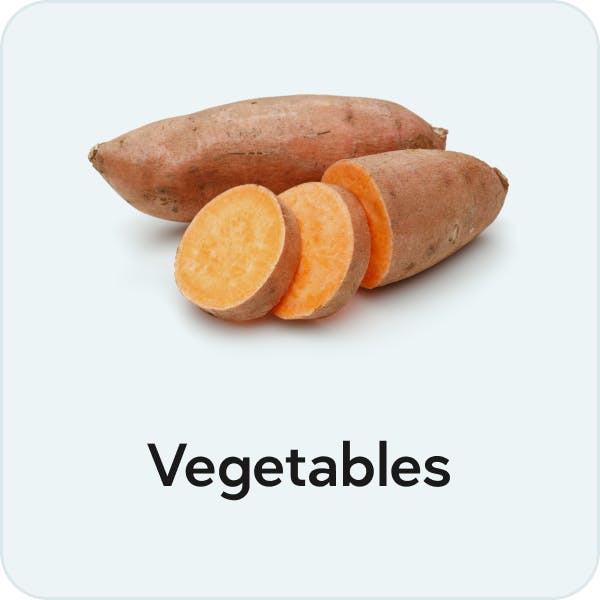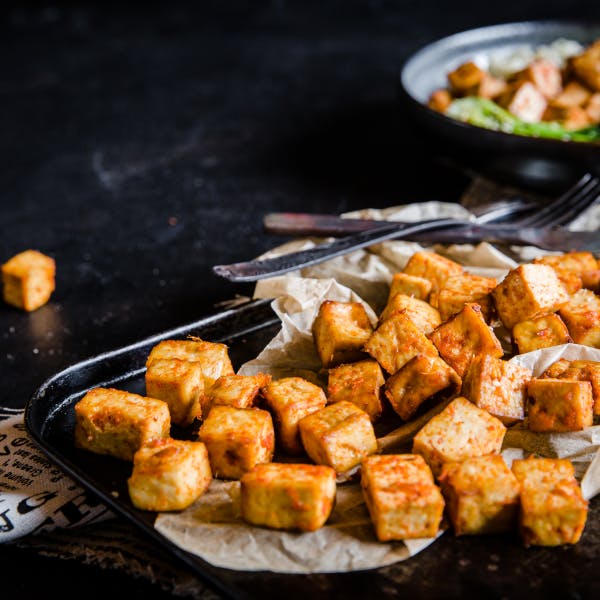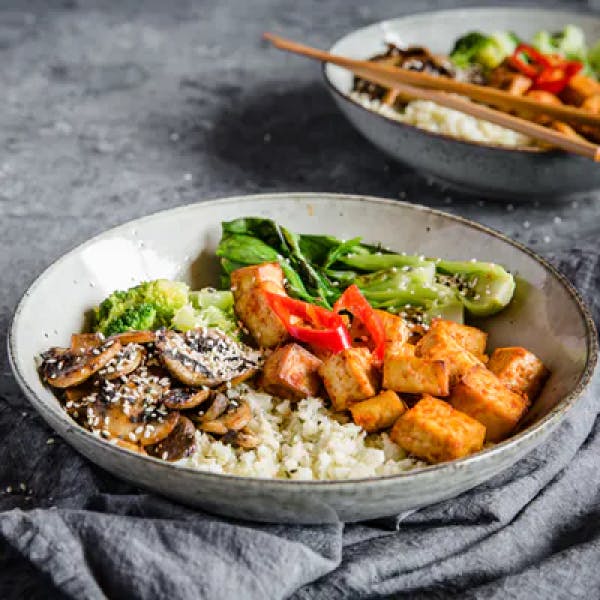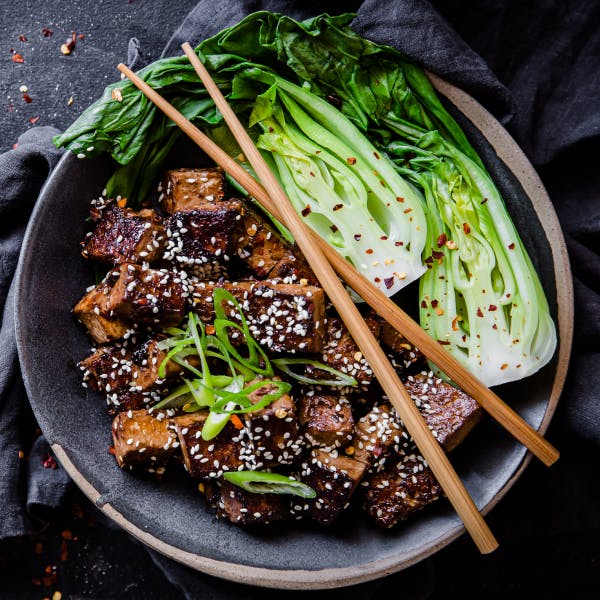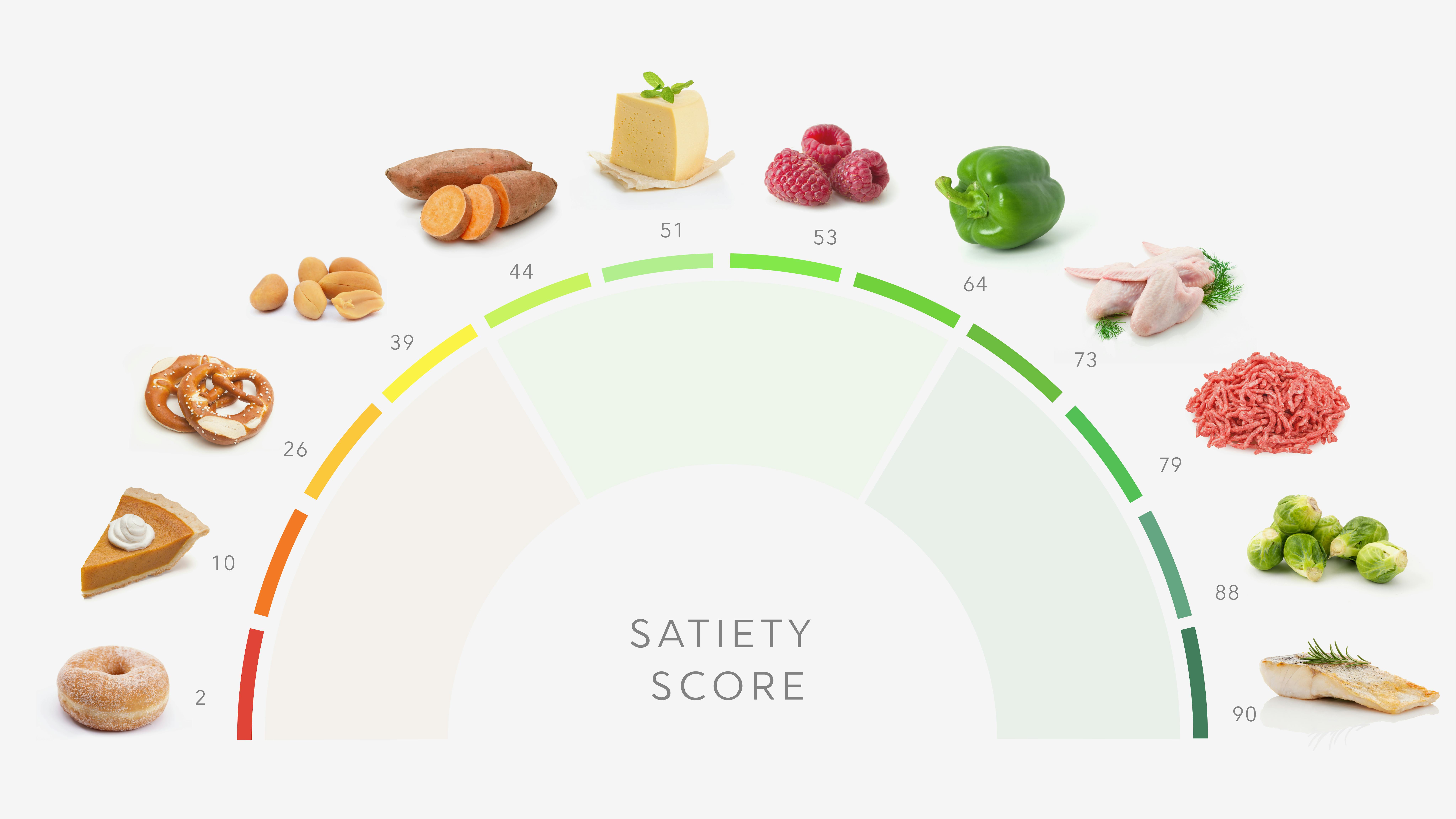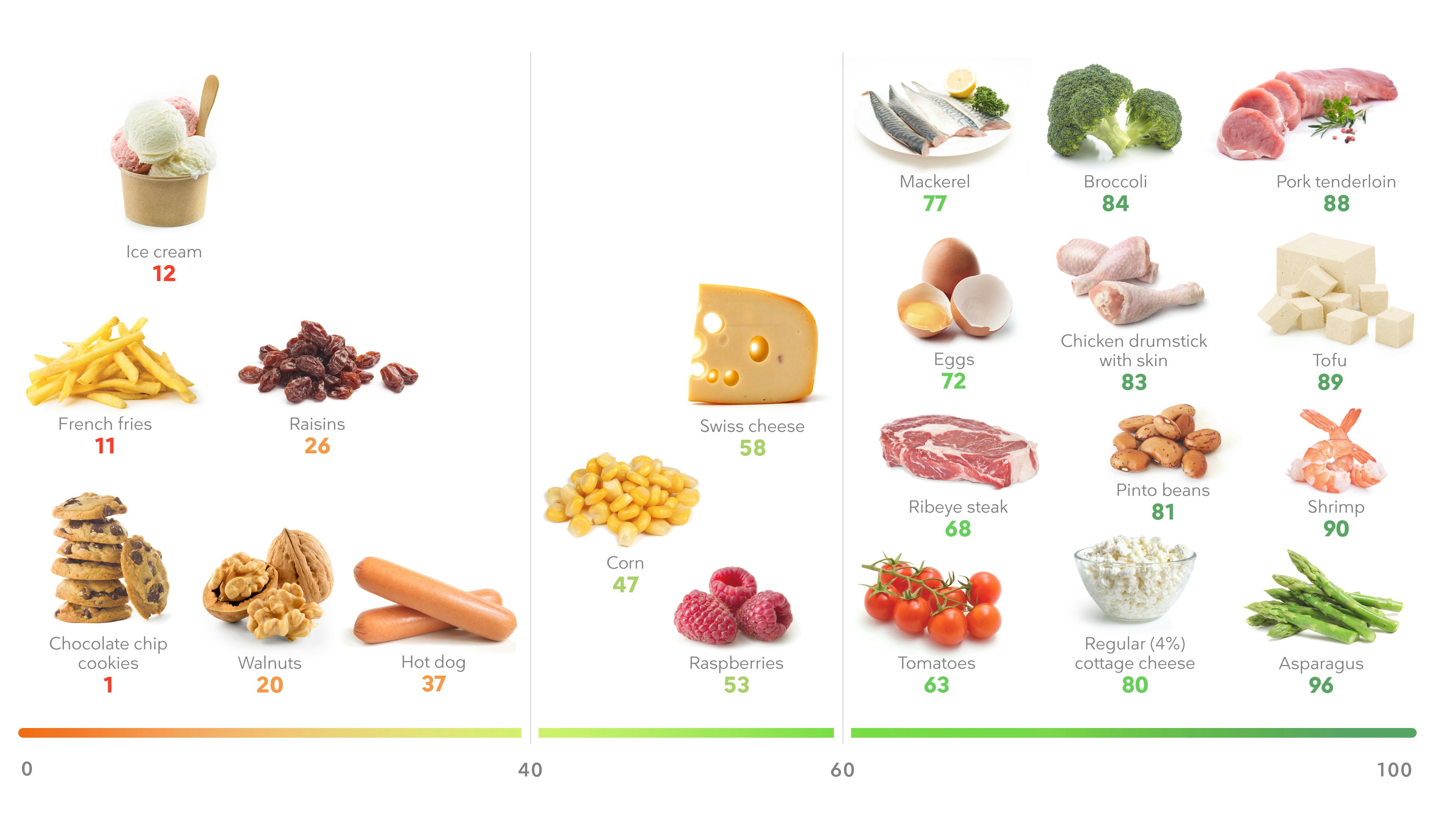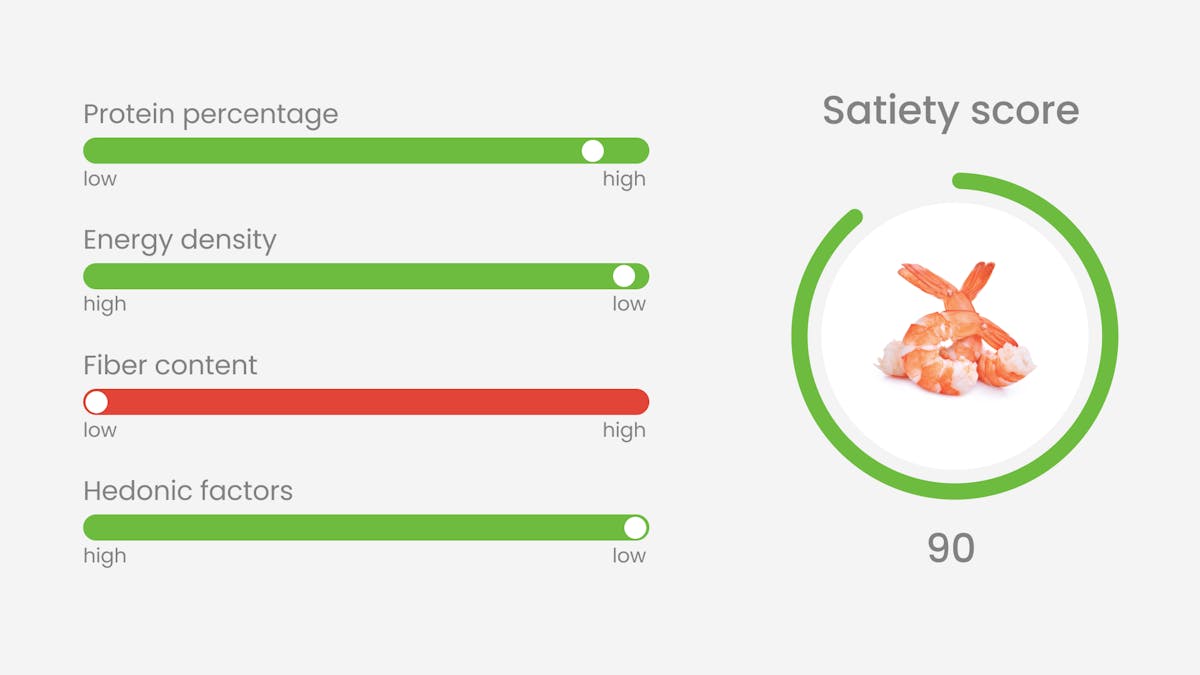The best high-satiety plant-based foods
Evidence based
The best high-satiety plant-based foods – the evidence
This guide is written by Franziska Spritzler, RD and was last updated on March 12, 2024. It was medically reviewed by Dr. Bret Scher, MD on May 25, 2022.
The guide contains scientific references. You can find these in the notes throughout the text, and click the links to read the peer-reviewed scientific papers. When appropriate we include a grading of the strength of the evidence, with a link to our policy on this. Our evidence-based guides are updated at least once per year to reflect and reference the latest science on the topic.
All our evidence-based health guides are written or reviewed by medical doctors who are experts on the topic. To stay unbiased we show no ads, sell no physical products, and take no money from the industry. We’re fully funded by the people, via an optional membership. Most information at Diet Doctor is free forever.
Read more about our policies and work with evidence-based guides, nutritional controversies, our editorial team, and our medical review board.
Should you find any inaccuracy in this guide, please email andreas@dietdoctor.com.
Are you a vegan or vegetarian who’s interested in feeling full and satisfied with fewer calories, while meeting your protein needs? Or maybe you currently eat animal foods but would like to add some filling, nourishing plant foods to your diet?
Many plant-based foods provide a lot of satiety without adding many calories, so they can help prevent hunger while you lose weight. But other plant foods, such as nuts and seeds, should be consumed in smaller amounts if you want to experience the full benefits of higher-satiety eating. Also, if you eat a vegan diet, it’s important to get enough protein from a variety of plant sources on a daily basis.
In this guide, we provide the satiety scores and protein content of all types of plant-based foods, so you’ll know which ones to prioritize. We also share several high-satiety plant-based recipes that are tasty and easy to make.
What are high-satiety foods?
High-satiety foods can help you feel full and satisfied, so you naturally eat less while consuming fewer calories.
As part of our higher-satiety eating approach, we assign all foods a satiety score from 0 to 100. The score is calculated using four factors related to satiety:
- Protein percentage: the percentage of a food’s calories that come from protein rather than fat and carbs. Protein is an essential nutrient that reduces hunger and helps you feel full. For this reason, protein percentage is given the most weight when calculating the satiety score.
- Energy density: the calories (or energy) in a specific weight of food, such as 100 grams (3.5 ounces). Studies show that eating less-dense foods leads to eating less.
- Fiber: the non-digestible portion of carbs that can stretch your stomach and help you feel full.
- Hedonic factor: a score reduction for the decadent foods that can drive overeating.


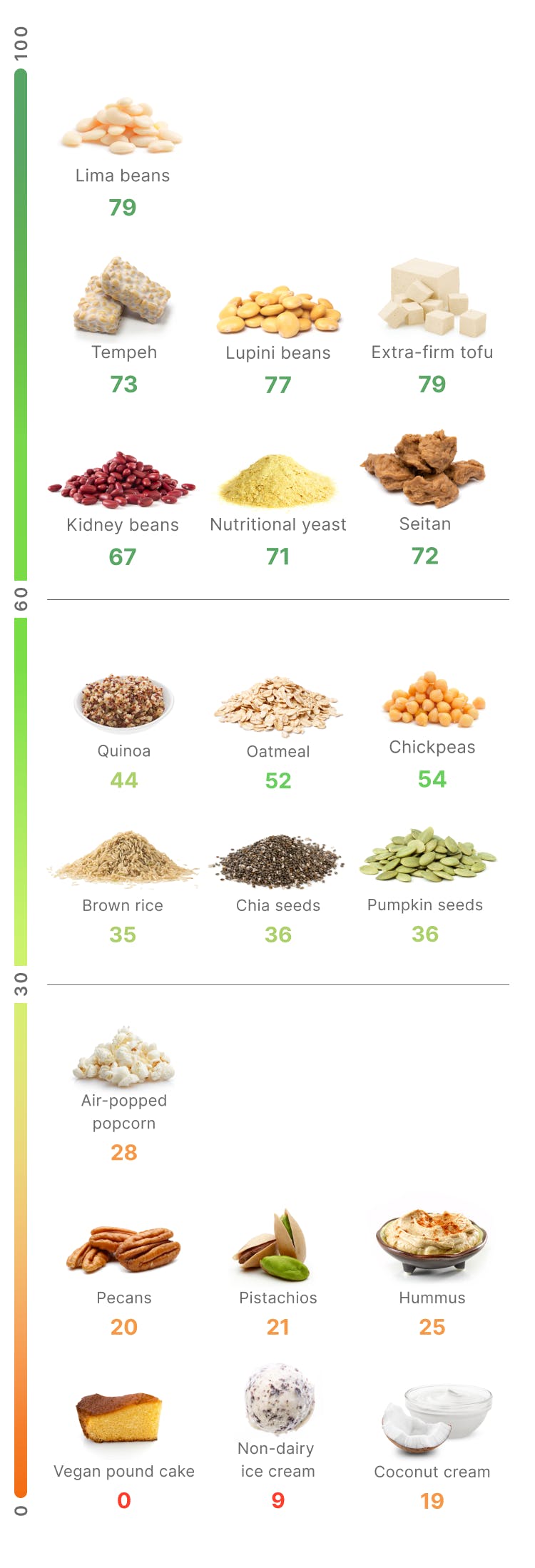

If you want to lose weight, include a generous portion of high-satiety foods at each meal. Any food that scores 60 or above is considered a high-satiety food. Many plant-based foods have satiety scores above 60.
Additionally, the best non-animal sources of protein also happen to be plant foods that score high on the satiety scale. All proteins are built from just 20 amino acids, including nine essential amino acids that your body can’t make on its own. Most plant proteins are low in one or more of these essential amino acids.
So, if you eat a vegan diet, getting enough protein from a variety of sources is crucial for meeting your essential amino acid needs. (And remember, as mentioned above, getting enough protein is key to keeping hunger at bay.)
While you should prioritize high-satiety plant foods, eating smaller amounts of lower-satiety plants is fine, too. Depending on the carb level that fits your preferences and health goals, you can combine a generous serving of beans, soy, or seitan with nuts, seeds, or grains.
This will make your meals more enjoyable, provide variety, help you meet your protein needs, and give you an overall satiety score that’s well above 50. Think of 50 as the minimum blended score to start with to achieve healthy, sustainable weight loss.
This guide covers legumes, soy, grains, seeds and nuts. You’ll find vegetables in our separate guide to high-satiety vegetables.
Want to delve deeper into the world of satiety? Head over to our sister brand Hava to explore the free version of the satiety calculator.
More high-satiety guides:
High-satiety plant-based foods
Beans, peas, and lentils
Beans, peas, and lentils — also known as legumes — are popular among people who follow vegan and vegetarian diets. And many people who eat animal foods enjoy them as well.
Legumes have a lot of positives. First, they’re high in both protein and fiber, along with potassium and magnesium. They’re also versatile and inexpensive. Some studies suggest that including beans, peas, and lentils in your diet may help you lose weight.
Although all types of legumes have impressive satiety scores, some are higher in carbs than others. In general, most beans, peas, and lentils aren’t a great fit for keto or very low carb diets unless they’re consumed in small amounts. (The exception is lupini beans, which have a lower carb content.) Plus, they may cause digestive stress in some people.
Legumes are increasingly being used to create pasta alternatives, such as lentil spirals or penne. Although more refined than whole beans, because many of these products are 100% legumes, they also boast impressive satiety scores.
Below are the satiety scores and grams of protein, fiber, and net carbs per one cup (160 to 190 grams, unless otherwise indicated) of cooked legumes:


93
26 grams
5 grams
11 grams
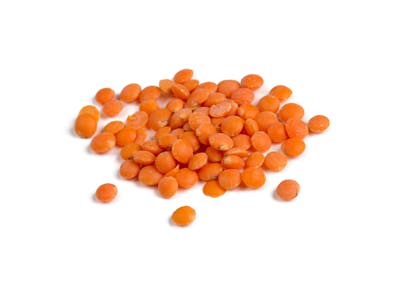

91
18 grams
16 grams
23 grams
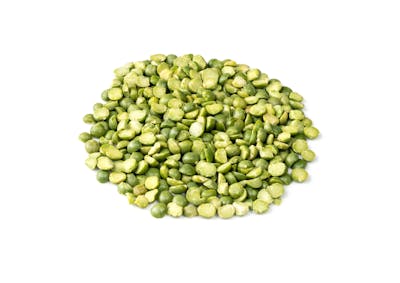

89
16 grams
16 grams
25 grams
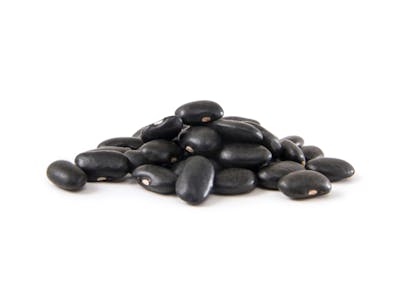

86
15 grams
15 gram
25 grams


85
15 grams
13 grams
27 grams
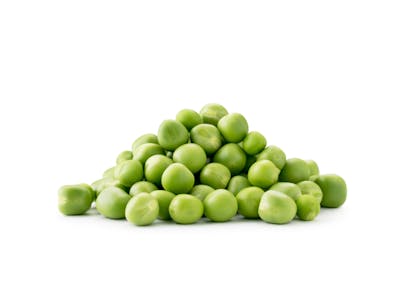

84
9 grams
9 grams
16 grams
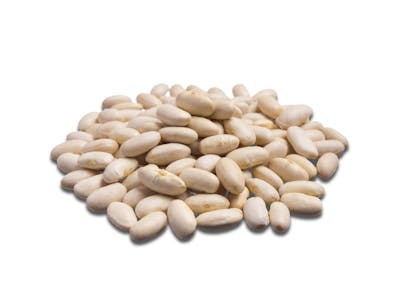

83
15 grams
19 grams
28 grams
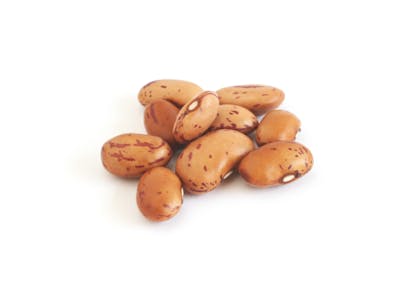

83
15 grams
15 grams
30 grams
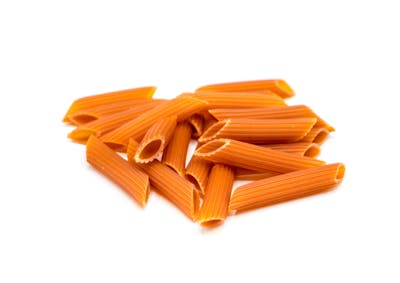

84
14 grams
7 grams
28 grams
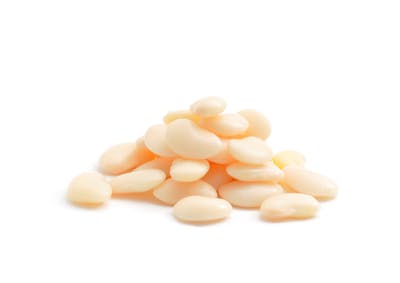

79
15 grams
13 grams
26 grams
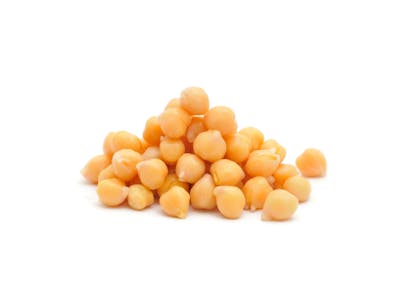

71
15 grams
12 grams
32 grams
Tips for serving legumes:
- Create chili in minutes by mixing canned beans, chopped tomatoes, other vegetables, and chili powder together in a saucepan and then heating until warm. (Add powdered cayenne pepper or chopped jalapeños if you like it extra spicy.)
- Make a batch of lentil soup with kale or other greens.
- Add canned cooked kidney beans, black beans, or chickpeas to a salad. Use up to 2 tablespoons of Italian or other oil-based dressing per person.
Soy
Looking for a high-satiety plant-based protein option that’s low in carbs? Consider soy, including tofu, edamame, and tempeh.
Unlike other plant sources, soy is considered a complete protein because it provides all nine essential amino acids in amounts comparable to the proteins in milk. Your body also digests and absorbs soy protein efficiently.
Besides providing high-quality protein, soy is rich in iron, magnesium, and several B vitamins, among other nutrients.
Soy is sometimes considered a controversial food because older, very weak evidence suggested it could potentially lead to health problems. However, most of the recent high-quality human research on soy shows that it is safe and may even reduce — rather than increase — disease risk in some cases.
Overall, soy’s benefits seem to greatly outweigh the risks, especially for vegans and vegetarians.
Below are the satiety scores and grams of protein, fiber, and net carbs per serving of soy. (Serving sizes vary by weight; see the specific foods for details.)


89
24 grams
3 grams
2 grams
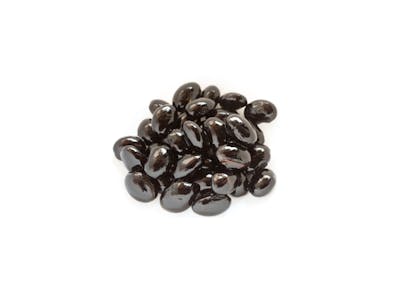

89
21 gram
7 grams
2 grams
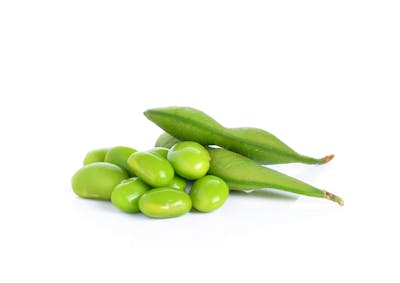

89
19 grams
8 grams
6 grams
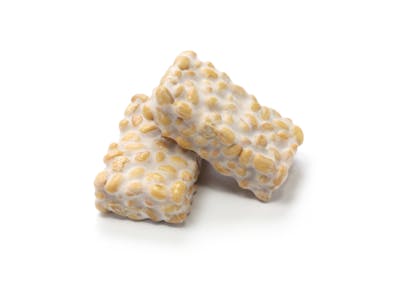

86
20 grams
4 grams
7 grams


79
22 grams
6 grams
8 grams
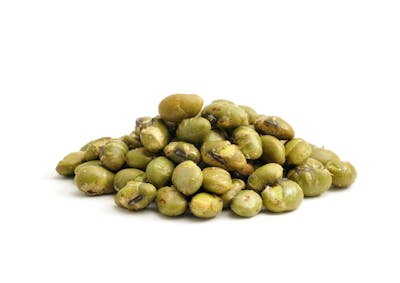

76
14 grams
5 grams
3 grams
Tips for serving soy
- Make a stir-fry with tofu and your favorite vegetables, fried in a tablespoon of oil.
- Grill slices of tempeh seasoned with your favorite herbs and olive oil.
- Enjoy dry-roasted edamame as a convenient, shelf-stable snack.
Or try one of our popular high-satiety soy-based recipes, such as:
Seitan (vital wheat gluten)
Seitan (pronounced say-tan), or vital wheat gluten, is a favorite among many vegan and plant-based eaters because it makes an excellent meat substitute.
Gluten is a protein found in wheat and other grains like barley and rye. However, unlike most grain products, seitan is high in protein and very low in carbs.
How can a wheat product be low in carbs?
Seitan is made by mixing water with wheat flour to form a dough, which is kneaded and rinsed repeatedly to remove the starch. After several rinsings, only gluten strands remain. These gluten strands are used to make seitan: a high-protein meat substitute that’s typically seasoned with spices and soy sauce before cooking. Besides being protein-rich, seitan also provides important minerals like iron and selenium.
If you have celiac disease or are sensitive to gluten, you should avoid seitan. But if you tolerate gluten, consider giving seitan a try, since it has an excellent satiety score and nutritional profile.


88
22 grams
1 gram
4 grams
Tips for using seitan
- Use it as a ground meat substitute in tacos or a taco salad.
- Include it as the main protein in a soup or stew with vegetables.
- Grill seitan kebabs with onions, eggplant, and mushrooms.
Nutritional yeast
If you want a plant-based alternative to cheesy, creamy sauces, you may want to try nutritional yeast.
Nutritional yeast comes from Saccharomyces cerevisiae, which is the same yeast species used to make beer and bread. But unlike live yeast that causes bread to rise, nutritional yeast is treated with heat, which kills the yeast cells. Then the yeast is dried into a powder or flakes and packaged for sale.
Besides being an excellent vegan protein option, nutritional yeast is rich in several B vitamins, including riboflavin, niacin, and vitamin B6. Some manufacturers fortify nutritional yeast with vitamin B12, which occurs naturally only in animal foods.
Because nutritional yeast is so high in protein and fiber and has a low energy density, its satiety score is exceptionally high.
However, its flavor can be an acquired taste, and you may need to do some experimenting to find out how you like it best.
Below are the protein percentage and grams of protein, fiber, and net carbs per ounce (30 grams) of nutritional yeast powder, approximately one-quarter cup:


95
16 grams
6 grams
3 grams
Tips for eating nutritional yeast
- Make a cheesy vegan sauce. Mix nutritional yeast with water, salt, and oil. Heat the mixture in a saucepan, and then spoon the sauce over cooked vegetables.
- Sprinkle it on popcorn with a bit of salt to create a higher-satiety crunchy snack.
- Stir it into soup or chili to change up the taste and texture of your dish.
Plant-based protein powders
Although we recommend opting for minimally processed plant foods most of the time, using plant protein powders occasionally can help you meet your protein needs. Plus, they have excellent satiety scores because they’re so high in protein and low in carbs.
Choose unflavored powders with minimal additives, such as pea protein or protein from other legumes, seeds, or grains. For flavor, add some fresh berries or one of the low-carb sweeteners we recommend. Or choose a protein powder that contains one of these sweeteners.
Below are the satiety scores and the grams of protein, fiber, and net carbs per ounce (30 grams) of protein powder blended with one cup (240 ml) of water. (Keep in mind that these are average values. Check the nutrition label for the specific protein and carb content.)
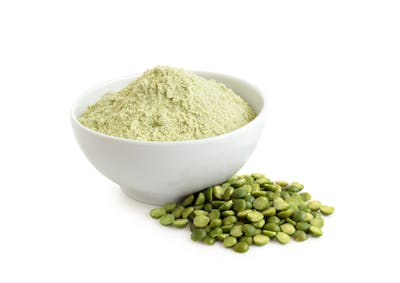

91
24 grams
2 grams
1 gram
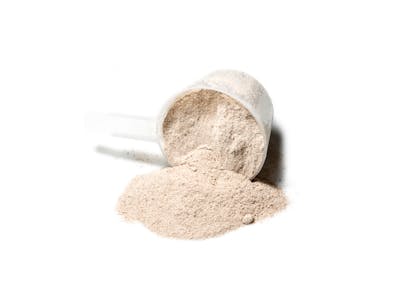

90
22 grams
1 gram
1 gram


88
15 grams
2 grams
1 gram
Moderate-satiety plant-based foods
Plant foods with satiety scores between 40 and 59 are considered moderate-satiety foods. Feel free to include them in small to modest amounts — or not at all — based on your eating preferences and health goals.
Seeds
Seeds are crunchy, rich in fiber, and versatile. However, their satiety scores are lower than beans, soy, and the other protein foods discussed earlier. Why? Because seeds have lower protein percentages and higher energy densities than other plant-based protein sources.
If you like seeds, you can still enjoy them on a higher-satiety vegan or vegetarian diet, or a diet that includes meat. Just keep quantities modest. (We include a few seed options that score below 40 on the satiety scale in this category, with slightly smaller serving sizes.)
Below are the satiety scores and grams of protein, fiber, and net carbs per 1.5 ounces (45 grams) of seeds, unless otherwise noted:


50
8 grams
14 grams
3 grams
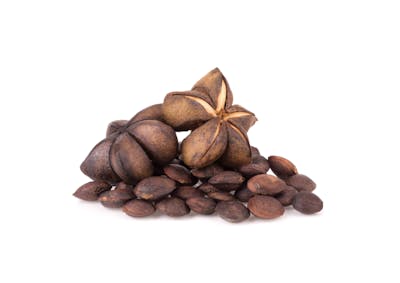

48
8 grams
4 grams
1 gram
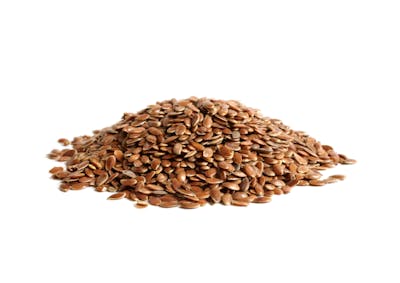

47
2.5 grams
3 grams
1 gram
*approximately two tablespoons
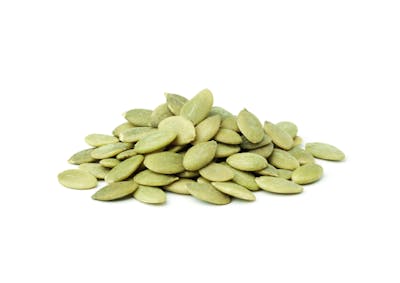

47
12 grams
4 grams
3 grams


40
13 grams
2 grams
2 grams
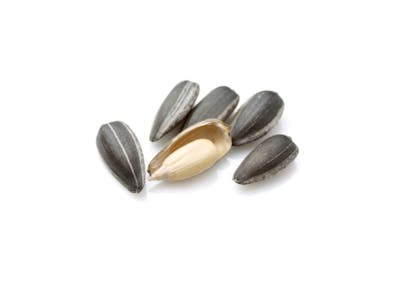

37
6 grams
2.5 grams
2 grams


35
2 grams
2.5 grams
5 grams
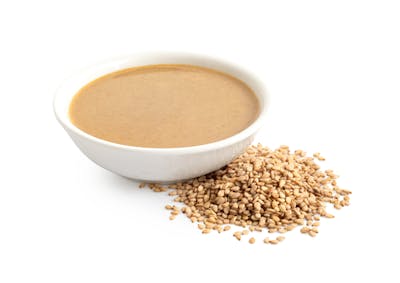

28
5 grams
2 grams
4 grams
Whole grains
Rice, bread, oatmeal, and other whole grains play a prominent role in many cultures. Although whole grains provide fiber and some vitamins and minerals, they’re low in protein and fairly high in net carbs. With a higher-satiety eating approach, you can opt to include about half a cup of grains or one to two slices of bread at a meal if this doesn’t raise your blood sugar, cause digestive issues, or trigger cravings.
Here are the satiety scores and grams of protein, fiber, and net carbs per serving of cooked whole grains (3.5 ounces or 100 grams, unless otherwise indicated. Note that the weights of bread and popcorn are smaller to reflect typical servings sizes):
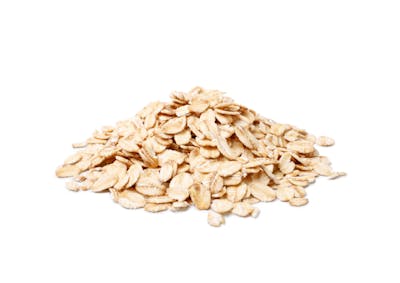

58
2 grams
2 grams
10 grams
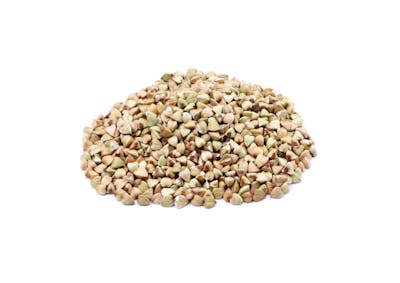

51
3 grams
1.5 grams
17 grams
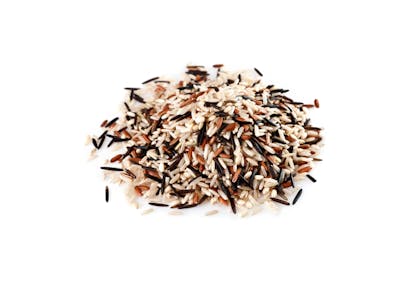

49
4 grams
2 grams
19 grams
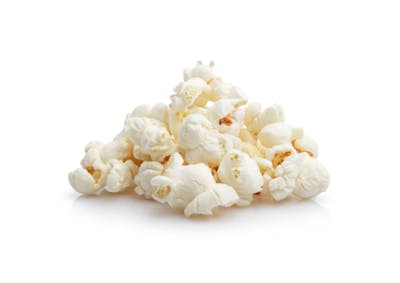

48
2 grams
2 grams
10 grams


46
6 grams
4 grams
27 grams
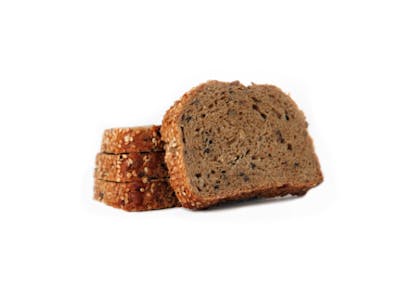

44
6 grams
4 grams
30 grams
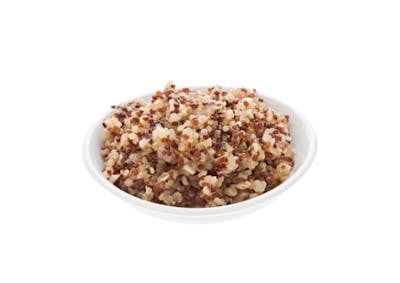

44
4 grams
2.5 grams
18 grams
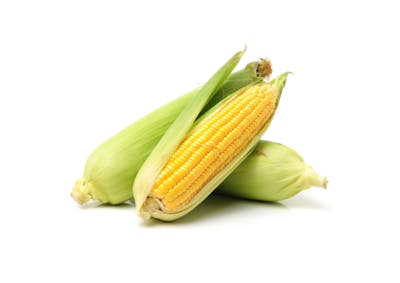

43
3 grams
2.5 grams
19 grams
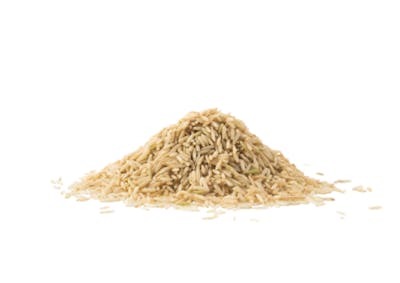

38
2.5 grams
2 grams
21 grams
Low-satiety plant-based foods
Foods that have satiety scores below 40 are classified as low-satiety foods. While none of these foods should make up a large portion of your diet, it’s OK to include some types in small amounts. However, it may be best to avoid others altogether.
Added plant fats
Plant-derived fats contain virtually no protein or other essential nutrients but are high in calories. For this reason, they have low satiety scores.
However, whether used in recipes or added to your food at the table, fat can improve the taste and mouthfeel of legumes, vegetables, and other plant foods.
While you don’t need to avoid added fats, keep amounts small to modest for higher-satiety eating — even if you follow a keto or low carb diet. Just add enough for flavor. Aim for around a tablespoon of added fat per meal if you’re trying to lose weight.
Here are the satiety scores and grams of protein and carbs per 1 tablespoon (15 grams) of plant-based fats:


23
0.5 grams
0.3 grams
0.7 grams


13
0 grams
0 grams
1 gram
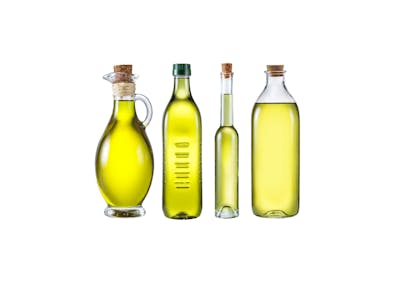

11
0 grams
0 grams
0 grams
Nuts
Crunchy, flavorful nuts provide protein, fiber, and some vitamins and minerals. So, why are their satiety scores so low? They’re high in fat, which drives down their protein percentage and drives up their energy density. This can lead you to take in a lot of calories before you start feeling satisfied. Plus, nuts can be tough to stop eating once you start.
The good news is, if you like nuts, you can enjoy small amounts and still get the benefits of higher-satiety eating. For instance, eat a small handful of nuts as a snack, add a couple of tablespoons of chopped nuts to your Greek yogurt or soy yogurt, or try a high-satiety recipe featuring nuts, such as our high protein chocolate almond smoothie. (Use a plant-based protein powder in place of whey if you don’t consume dairy products.)
Below are the satiety scores and grams of protein, fiber, and net carbs per ounce (30 grams) of nuts, unless otherwise noted:
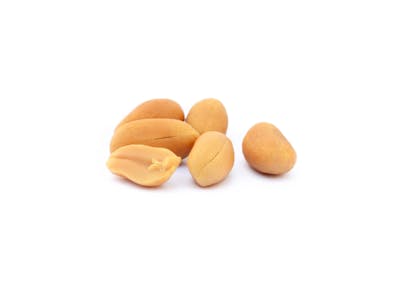

39
7.3 grams
2.5 grams
2.5 grams
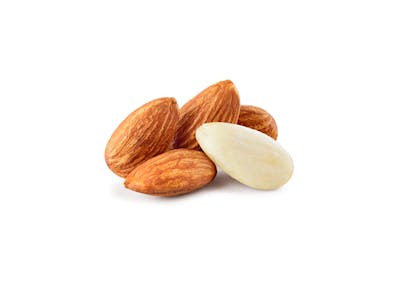

36
6.2 grams
3.5 grams
2.5 grams
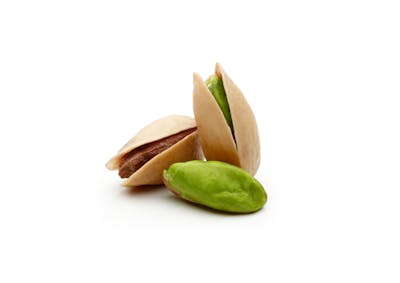

24
5.7 grams
3 grams
4.5 grams
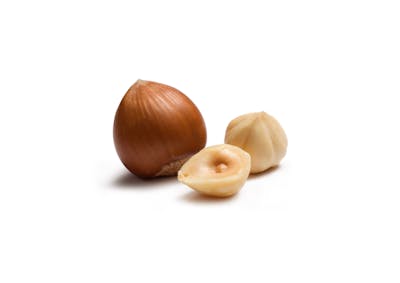

24
4.2 grams
2.8 grams
2 grams
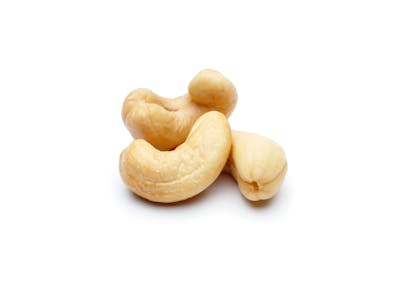

22
5 grams
1 gram
7.5 grams
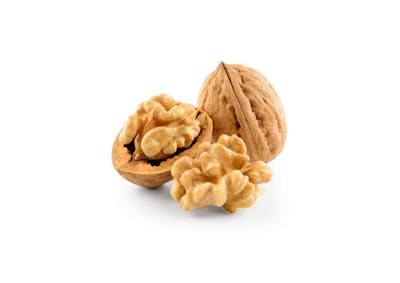

20
4.3 grams
2 grams
2 grams
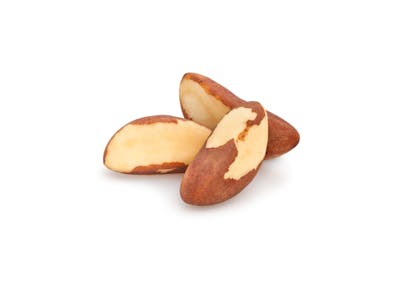

20
2.7 grams
1 gram
0.7 grams
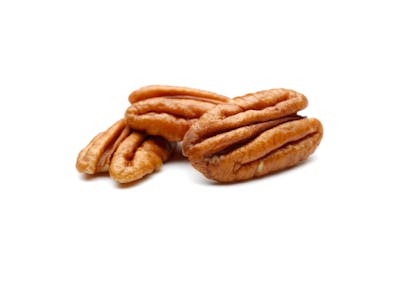

19
2.6 grams
2.7 grams
1 gram
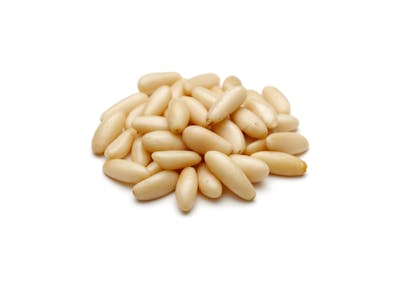

16
3.9 grams
1 gram
2.5 grams
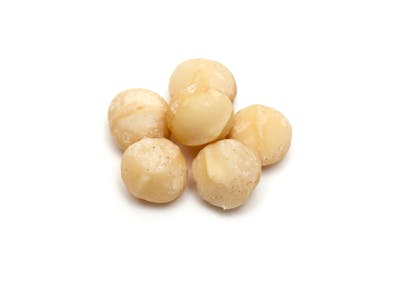

16
2.2 grams
2.4 grams
1.5 grams
Low protein, highly-processed vegan products
Processed foods that are high in both carbs and fat provide little nutrition but lots of calories. They also taste so good that they may drive you to keep eating more. Some researchers believe that they can even be addictive. And vegan versions of these products that replace eggs and butter with plant-based ingredients are no better — and their satiety scores are equally low.
To lose weight and improve your health, avoid these foods or eat them on a very occasional basis.
Below are the satiety scores and grams of protein, fiber, and net carbs for a serving of processed vegan products. (Serving sizes vary by weight; see the specific foods for details.)
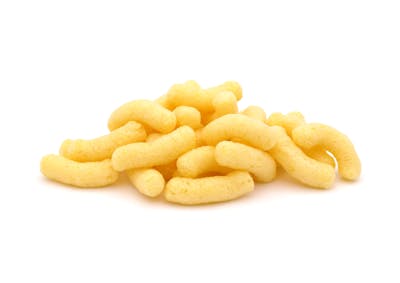

34
5 grams
1 gram
26 grams


18
5 grams
1 gram
26 grams
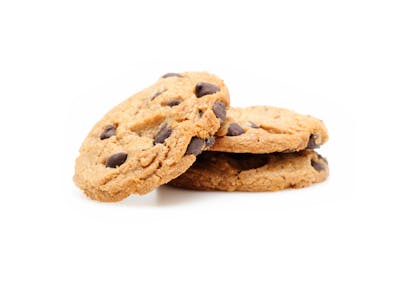

13
1 gram
< 1 gram
49 grams


9
3 grams
1 gram
49 grams


6
3 grams
1 gram
44 grams
Summary
Whether you eat a vegan, vegetarian or mixed diet, choosing higher-satiety plant foods can help you feel full and meet your nutrition needs while losing weight. Make high protein options like beans, soy, and seitan the center of plant-based meals, and use lower-satiety foods like nuts, seeds, oils, and grains in smaller amounts, based on your personal preferences and health goals.
Higher-satiety eating: what & how
Learn how our new higher-satiety eating approach can help you lose weight and improve your metabolic health.
The best high-satiety foods
Which foods can help you feel full and satisfied while you lose weight? Find out in our guide to the best high-satiety foods.
In a 12-day randomized crossover study, people were allowed to eat as much as they wanted on a high-protein, normal-protein, and low-protein diet. During the high-protein portion of the trial, they consumed 500-550 fewer calories than they did during the normal-protein and low-protein portion of the trial:
The American Journal of Clinical Nutrition 2013: Protein leverage affects energy intake of high-protein diets in humans [randomized trial; moderate evidence]
A systematic review of randomized controlled trials found that higher-protein diets tend to promote weight loss, due in part to reducing hunger and increasing satiety:
Journal of the American College of Nutrition 2004: The effects of high protein diets on thermogenesis, satiety and weight loss: a critical review [systematic review of randomized trials; strong evidence]
In short-term trials, overweight and lean women ended up eating fewer calories when they were allowed as much food as they wanted at low-energy-density meals compared to high-energy-density meals – even though they reported having similar hunger and fullness levels after all meals:
The American Journal of Clinical Nutrition 1998: Energy density of foods affects energy intake in normal-weight women [randomized trial; moderate evidence]
The American Journal of Clinical Nutrition 2001: Energy density of foods affects energy intake across multiple levels of fat content in lean and obese women [randomized trial; moderate evidence]
In a one-year trial, overweight women who cut back on fat and increased the amount of low-energy-density foods in their diet lost more weight than women who simply cut back on fat, even though both groups were allowed to eat as much as they wanted:
The American Journal of Clinical Nutrition 2007: Dietary energy density in the treatment of obesity: a year-long trial comparing 2 weight-loss diets [randomized trial; moderate evidence]
In a small study, people who ate a large portion of spinach at lunch felt significantly full, which researchers attributed in part to the increased fiber in the meal:
International Journal of Food Sciences and Nutrition 1995: Satiety effects of spinach in mixed meals: comparison with other vegetables [non-controlled study; weak evidence]
In a study conducted in an inpatient hospital ward, 20 people ate a non-calorie-restricted ultra-processed diet and non-calorie-restricted minimally processed diet for two weeks each, in random order. The participants ate an average of 500 calories more per day on the ultra-processed diet — entirely from carbohydrates and fats — and gained 2 pounds (0.9 kilos), on average:
Cell Metabolism 2019: Ultra-processed diets cause excess calorie intake and weight gain: An inpatient randomized controlled trial of ad libitum food intake [randomized trial; moderate evidence]
Although many plants contain all nine essential amino acids, in most cases, one or more of these amino acids are only present in small amounts. Additionally, the protein in most plants isn’t digested and absorbed as easily as the protein in animal foods.
The protein digestibility corrected amino acid score (PDCAAS) compares the amino acid content of a protein (such as beans or wheat) to a reference protein believed to meet human essential amino acid requirements. This creates a ratio known as the amino acid score or chemical score. This score is then corrected for the amount of protein that is digested and used by the body.
Milk, eggs, and other animal proteins have PDCAAS scores of about 1.0, whereas plant proteins have PDCAAS scores ranging from 0.4 to 0.88, with the exception of soy, which also has a score of about 1.0:
Nutrients 2020: Plant proteins: Assessing their nutritional quality and effects on health and physical function [review article; ungraded]
Nutrition Reviews 2019: Maximizing the intersection of human health and the health of the environment with regard to the amount and type of protein produced and consumed in the United States [review article; ungraded]
One review of 21 trials found that people who included beans, lentils, and other legumes in their diet lost a small amount of weight without deliberately restricting calories:
The American Journal of Clinical Nutrition 2014: Effects of dietary pulse consumption on body weight: a systematic review and meta-analysis of randomized controlled trials [strong evidence]
Net carbs are calculated by subtracting dietary fiber from the total carbs in a food.
Soy protein has a protein digestibility corrected amino acid score (PDCAAS) of about 1.00, similar to casein and whey:
Nutrients 2020: Plant proteins: Assessing their nutritional quality and effects on health and physical function [review article; ungraded]
This is true for observational studies spanning many years, as well as shorter but much higher-quality clinical trials:
Advances in Nutrition 2018: Associations between phytoestrogens, glucose homeostasis, and risk of diabetes in women: a systematic review and meta-analysis [meta-analysis of randomized and observational trials; moderate evidence]
PloS One 2013: Soy, red clover, and isoflavones and breast cancer: a systematic review [meta-analysis of randomized and observational trials; moderate evidence]
Gynecological Endocrinology 2013: Endometrial, breast and liver safety of soy isoflavones plus Lactobacillus sporogenes in post-menopausal women [randomized trial; moderate evidence]
Reproductive Toxicology 2020 Neither soy nor isoflavone intake affects male reproductive hormones: An expanded and updated meta-analysis of clinical studies [review of nonrandomized studies, weak evidence]
Why do we recommend consuming flaxseed in smaller amounts than other seeds? Flaxseed contains a small amount of cyanide. At high doses, this could potentially be dangerous. However, according to a group of German researchers, there have been no published reports of cyanide poisoning from flaxseed, and their own trial confirmed that modest doses of flaxseed caused a small rise in cyanide which was quickly detoxified by the body:
Archives of Toxicology 2016: Bioavailability of cyanide after consumption of a single meal of foods containing high levels of cyanogenic glycosides: a crossover study in humans [randomized crossover trial; moderate evidence]
Additionally, although the isoflavones in flax (similar to those in soy) are considered controversial by some, a systematic review of randomized controlled trialss and observational studies suggest that taking small amounts of flaxseed may decrease rather than increase breast cancer risk:
Integrative Cancer Therapies 2014: Flax and breast cancer: a systematic review [systematic review of randomized trials and observational studies; moderate evidence]
Moreover, meta-analyses of randomized controlled trials suggest that modest flaxseed intake is safe may be beneficial for weight loss, blood sugar control, and insulin sensitivity:
Obesity Reviews 2017: The effect of flaxseed supplementation on body weight and body composition: a systematic review and meta-analysis of 45 randomized placebo-controlled trials [systematic review of randomized trials; strong evidence]
Nutrition Reviews 2018: Flaxseed supplementation on glucose control and insulin sensitivity: a systematic review and meta-analysis of 25 randomized, placebo-controlled trials [systematic review of randomized trials; strong evidence]
According to a review of randomized trials, people who carry excess weight often end up taking in more calories when they eat nuts:
Critical Reviews in Food Science and Nutrition 2018: Effect of nuts on energy intake, hunger, and fullness, a systematic review and meta-analysis of randomized clinical trials [strong evidence]
PLoS One 2015: Which foods may be addictive? The roles of processing, fat content, and glycemic load [non-randomized trial; weak evidence]
Advances in Pharmacological Sciences 2016: The influence of palatable diets in reward system activation: a mini review [overview article; ungraded]






